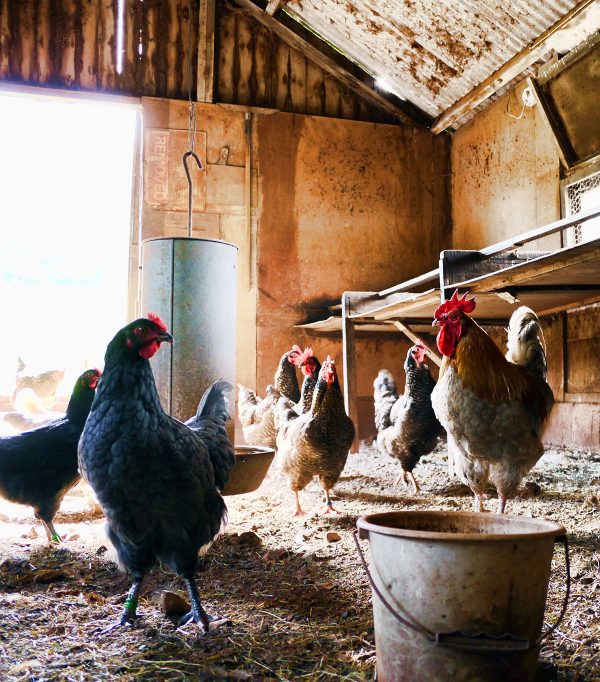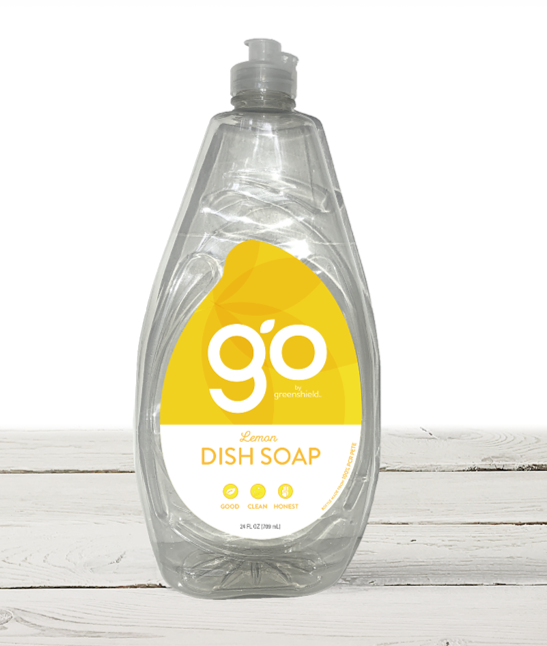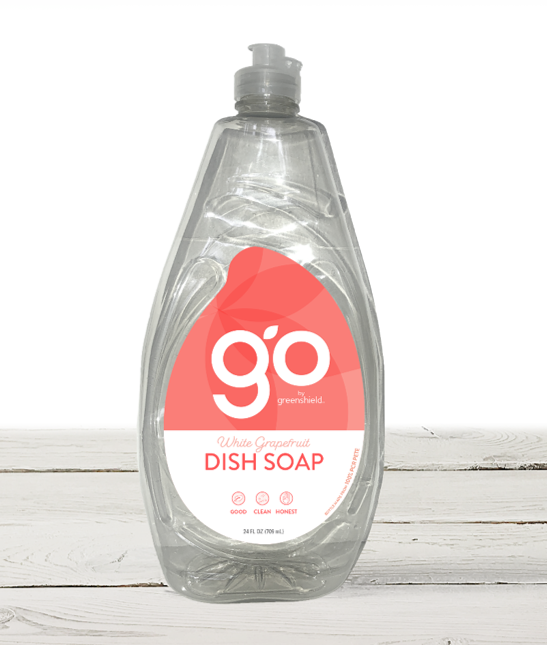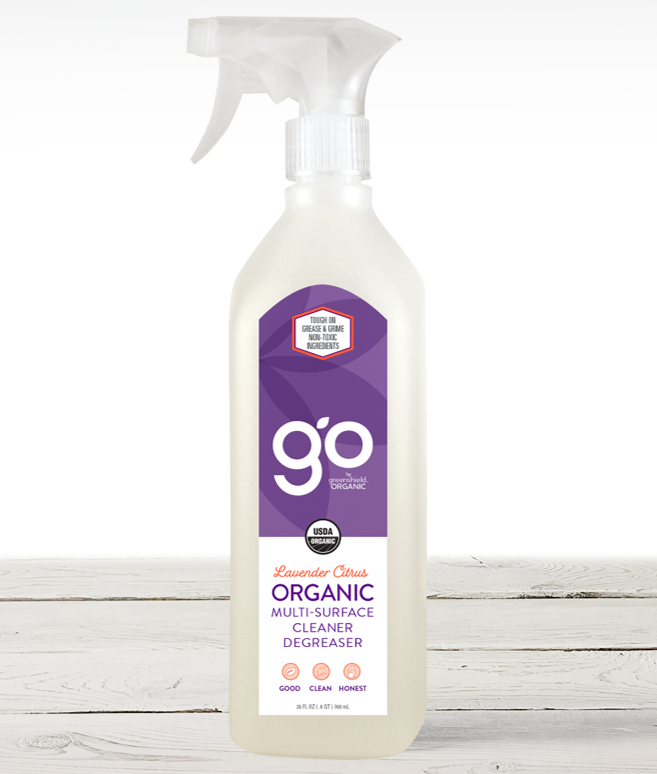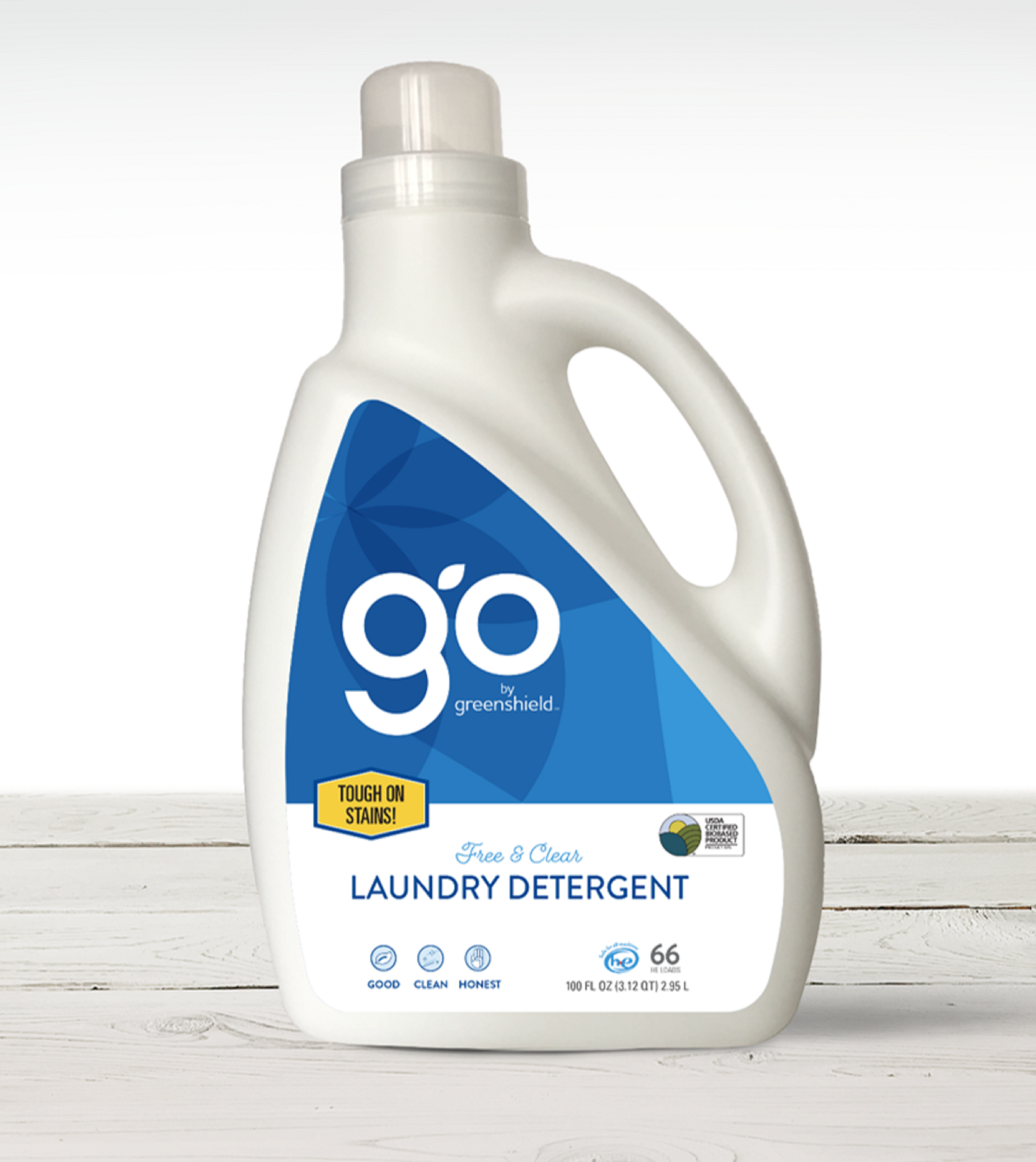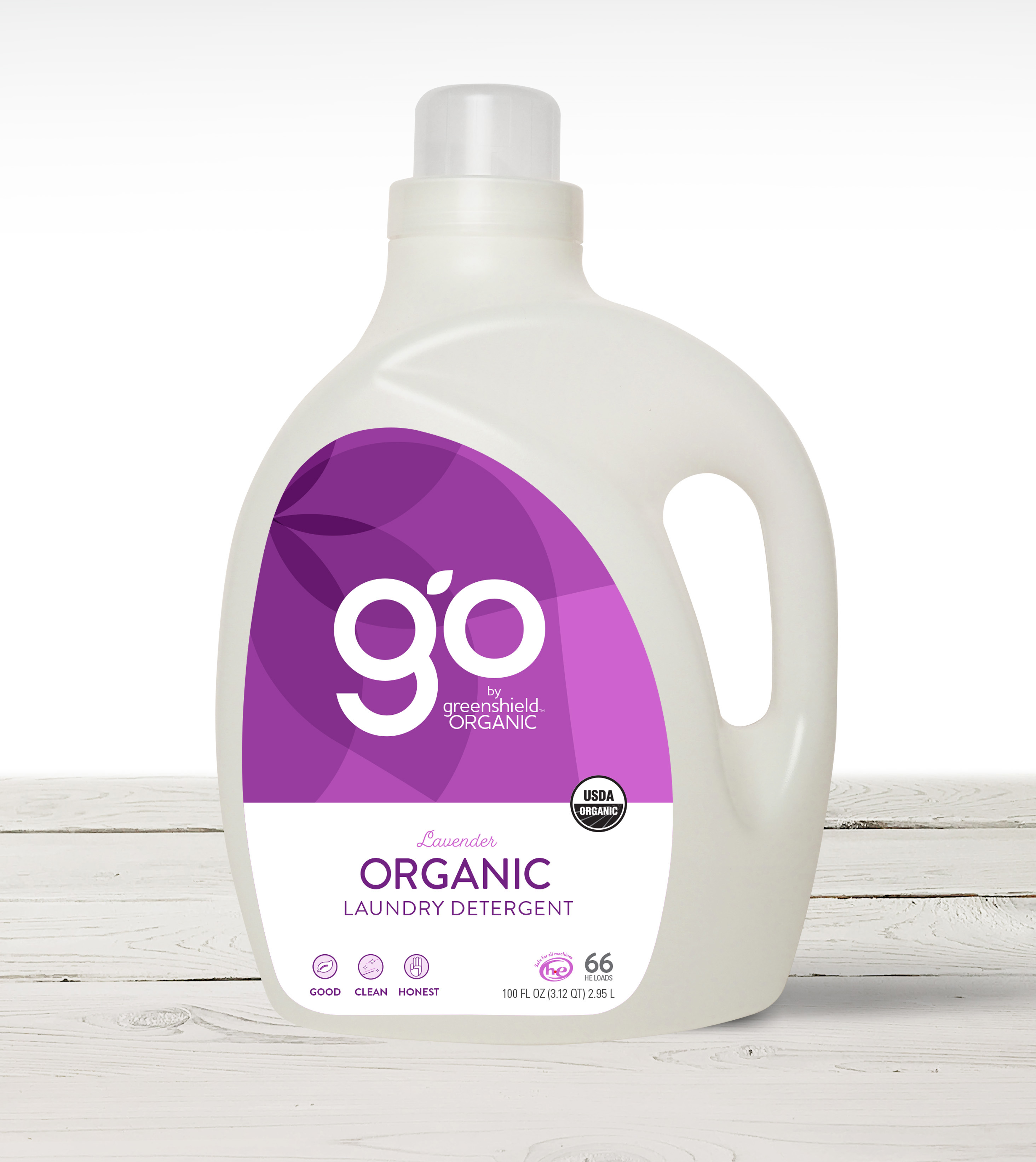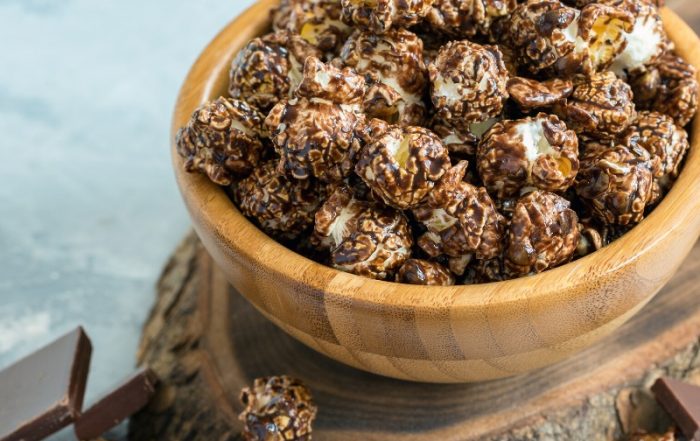Organic vs Natural | What’s the Difference?
“Organic.” “Natural.” These days, it’s likely you’ll see these words in just about any store, and on more products than ever before. Maybe they’re just buzzwords, and that’s about it. Or do they stand for something more besides their buzzword reputations?
Since these words are in all likelihood here to stay for good on our shopping labels, it’s important that we as consumers educate ourselves on their true meaning. Why? Because, when it all boils down, “organic” and “natural” represent very different things.

Organic: What It Means
Let’s start with organic.
Decades ago, organic and natural may have been thought of as interchangeable, but this couldn’t be less true today. Originally, the word organic predominantly referred to agricultural products.

Today, in relation to the way both agricultural and manufactured products (and their ingredients) are produced—organic means:
- Grown and produced without harmful chemicals, additives, hormones
- Produced in a way that is beneficial or neutral to the environment
- Raised and fed humanely, without hormones or antibiotics in feed
- Manufactured with ingredients grown/produced/raised in the above ways
In the early 2000’s, as more companies began marketing themselves as “organic” (which still happens today), the official USDA Certified Organic seal was created—signifying the well-defined, stringent standards that strengthened the meaning of organic forever.
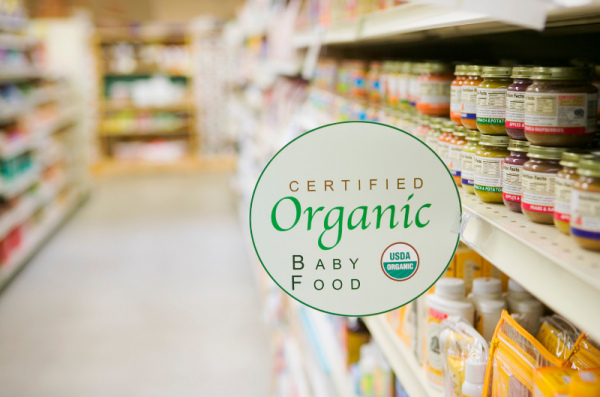
Now in order for a product to be marketed, advertised, and sold with the USDA Certified Organic seal it must abide by standards established and regulated by the USDA’s National Organic Program (NOP). Some of the NOP’s primary functions include:
- Maintaining the list of certified organic operations and helping new farmers and businesses learn how to become certified
- Developing regulations and guidance on organic standards
- Managing the National List of Allowed and Prohibited Substances
- Accrediting agents to certify organic producers & handlers
- Establishing international organic import and export policies
- Investigating complaints and pursuing actions against violators
- Facilitating the work of the National Organic Standards Board, a Federal Advisory Committee
- Providing training to certifying agents, USDA staff, & other stakeholders
Natural: What It Means
Natural, on the other hand, is an entirely different ballgame.
The USDA has a definition for natural products, however it contrasts greatly from organic, and is much more open to interpretation. The definition of natural according to the USDA doesn’t come close to being as specific as the definition of organic when it comes to what is allowed, or not allowed, in the production of products. According to this definition, a product can be called “natural” if it uses (or claims to use):
- No artificial ingredients
- No additional food coloring or dyes
- Minimal processing methods
Unfortunately, these restrictions are only loosely defined. What’s more, no agency is responsible for enforcing and certifying natural labels in the same way as organic. Natural standards also don’t cover concerns about how individual ingredients were grown or produced, so there is no affirmed commitment to sustainability and the protection of our eco-system.
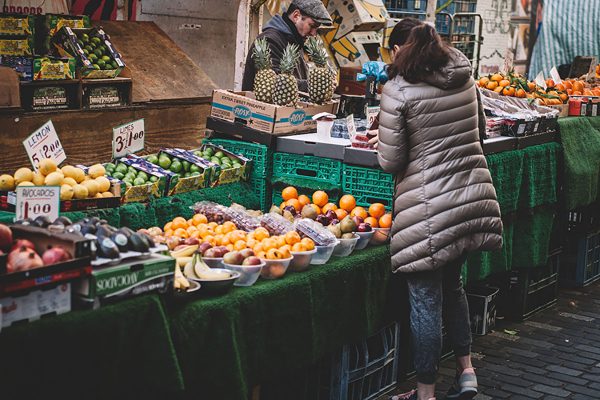
How is Organic Different from Natural?
- Certified Organic products have now become synonymous with the USDA Organic seal which verifies products meet consistent and uniform standards.
- Every time you see a USDA Organic Seal, this is evidence (and reassurance!) the producer or manufacturer worked hard to prove to you, the consumer, that their products meet rigorous requirements that protect our natural resources and are manufactured with approved ingredients and methods.
- Contrarily, “natural” can mean the product was grown or created following some loose guidelines, but with few enforceable standards. There’s no guarantee what natural really means.
Organic: Why It Matters
Organic, natural…what’s the importance of it all? The bigger picture?
It really comes down to the health of ourselves, or planet, and our communities. While “natural” or “all-natural” labels may give an immediate sense of comfort, organic labels stand for much more: a rigorous process that holds producers, manufacturers—and the label itself— accountable in keeping their promises to you, the consumer.
These are some of the promises the organic label makes to you:
Protection of Earth’s Resources
Part of the organic label is all about preserving nature and ecology. If a product is organic (or contains organic ingredients), this means it was produced using methods that neutrally impact—or even regenerate in some cases—our natural resources.
For example: organic foods and other items must be produced without chemicals harmful to the environment. Similarly, an organic cereal or household cleaner can only contain ingredients created in this way in order to have the USDA seal.
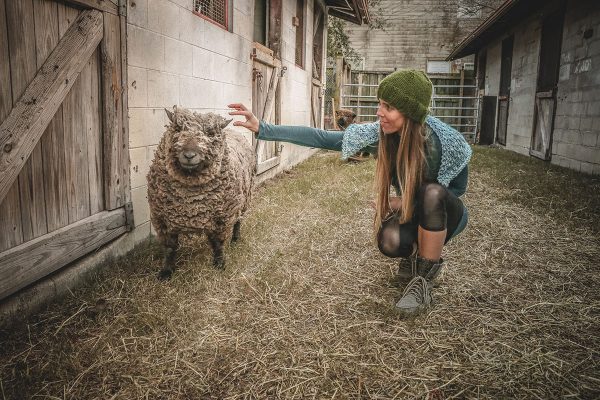
Better Animal Welfare
What about animal ingredients, not just plant-based ones? The organic label stands up for them too. USDA organic standards require humane living conditions for animals that are raised to create products or ingredients, from eggs and meat to honey, wool, fiber, and more. Humane living conditions include:
- Adequate living space
- Chemical-free feed (often Certified Organic)
- Quality enclosures, shelters, ranges, and pastures
Healthier Way of Life
All of the above help make sure our health—and the health of our communities—is protected. Thoughtful and humane farming and production practices help to create a cleaner environment, protect our waterways and air.
In addition, the absence of hormones and other toxic chemicals in our food can improve our health. Some research also shows organic food has the potential to be more nutritious than conventional, and highly processed foods.
Common Certified Organic Products
In the past, the organic label was strictly used for whole foods from farms, like fruits, vegetables, and dairy.
Today, the demand for organic products has risen beyond just single ingredient foods. There are tons of other possible organic products to choose from including:
- Multi-Ingredient Food Products (cereals, crackers, baked goods and more)
- Beverages (multi-or single-ingredient: juices, teas, energy drinks)
- Beauty Products (makeup, shampoos, lotions, conditioners and more)
- Cleaners and Detergents (GO by greenshield organic™ products)
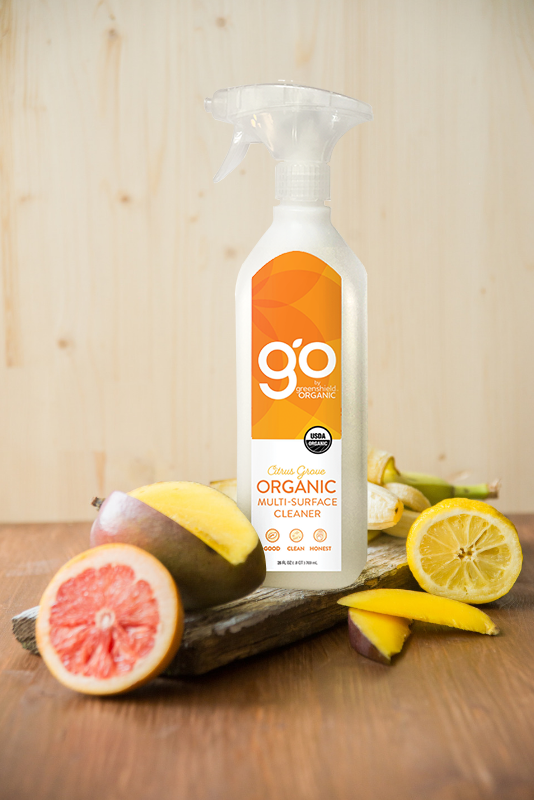
References
Sustainable Agriculture Research & Education (2012). History of Organic Farming in the United States. Retrieved from https://www.sare.org/Learning-Center/Bulletins/Transitioning-to-Organic-Production/Text-Version/History-of-Organic-Farming-in-the-United-States
Peter Whoriskey (2018). USDA officials said they were guarding against organic food fraud. Congress decided they need help. Washington Post. Retrieved from https://www.washingtonpost.com/business/2018/12/20/usda-officials-said-they-were-guarding-against-organic-food-fraud-congress-decided-they-need-help/?noredirect=on&utm_term=.dea1b9320735
United States Department of Agriculture. Retrieved from https://www.ams.usda.gov/about-ams/programs-offices/national-organic-program
Alina Bradford (2015). Food Labels: Definition of Natural & Organic. Live Science. Retrieved from https://www.livescience.com/52863-natural-organic-definition.html
Dan Charles (2014). Are Organic Vegetables More Nutritious After All? The Salt/National Public Radio. Retrieved from https://www.npr.org/sections/thesalt/2014/07/11/330760923/are-organic-vegetables-more-nutritious-after-all
Disclaimer: This blog is for entertainment and informational purposes only. It should not be seen as medical or any other advice. Our writers are not medical experts so individual precautions should be considered.
SUBSCRIBE TO OUR BLOG
RELATED ITEMS
RECENT POSTS

